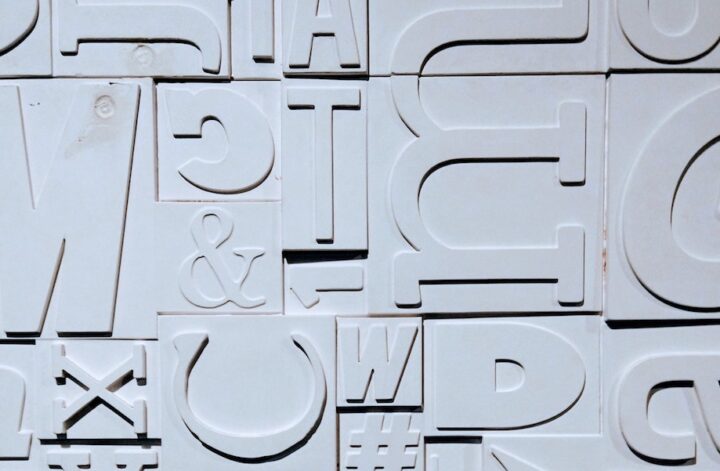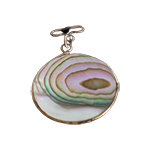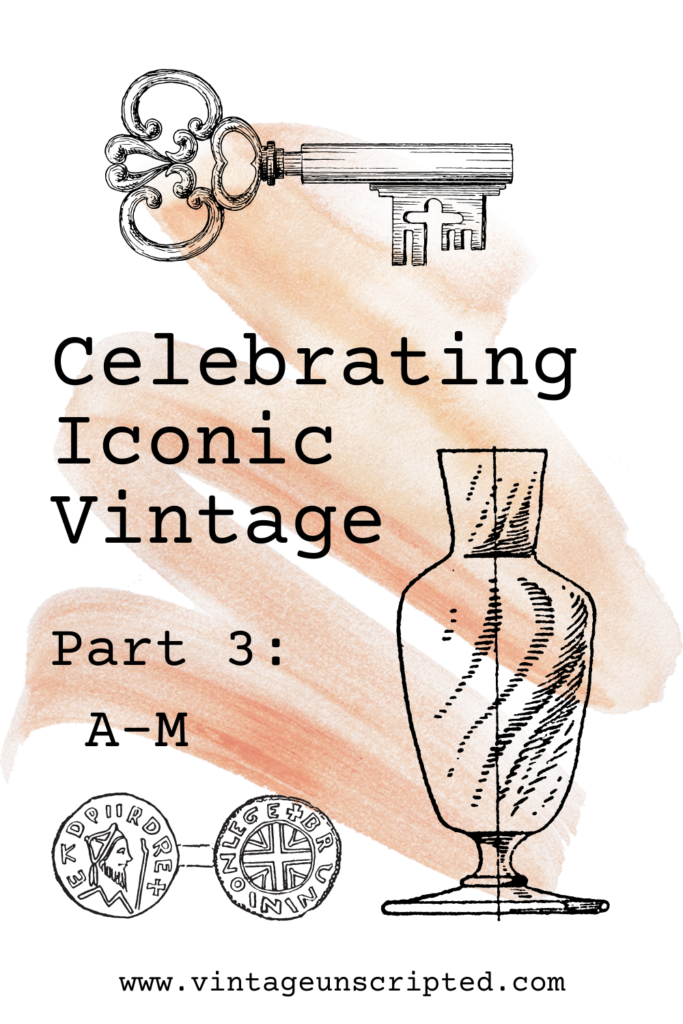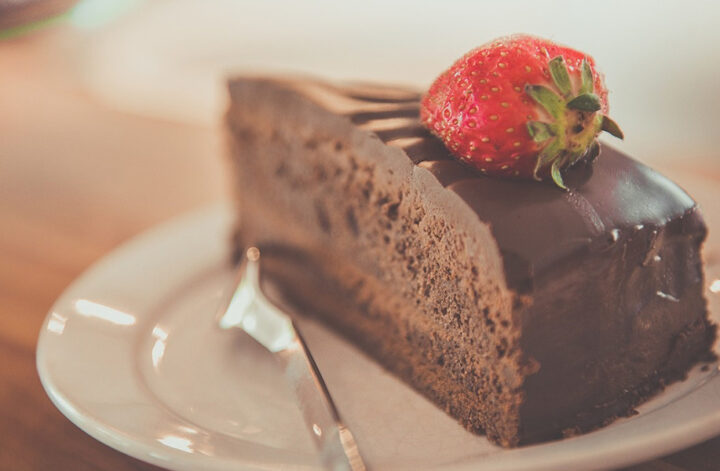We love vintage from everywhere. Last time we did an alphabetical roundup, we listed an American iconic vintage piece for each letter. This time, we’re opening up to the whole world of iconic vintage, and what a wide world it is. Things that have stood the test of time and are as treasured now as they were in their own time. The Vintage Unscripted team has searched our shops to celebrate our vintage history. Part one celebrates A – M. Part two, N-Z. And there may be a few surprises along the way. (We’re going to be surprised ourselves if we can find something for the dreaded letter X.)
A is for Abalone Shell
Abalone shell holds a special place in the hearts of many. In several Native American tribes, it’s revered not only for its beauty but as part of a spiritual symbol of cleansing and healing. In Apache culture abalone is connected to the ritual of becoming a woman and is a part of their heritage and ability to heal. Abalone shell is said to provide solace, a connection with the ocean, peacefulness, and love.
Featured: Antique Abalone Shell Disc Pendant
B is for Breininger
Breininger Pottery is a well-known name in Pennsylvania German redware pottery. Between 1965 and 2011, factory artists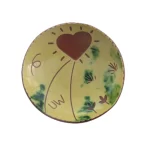 created everything from wheel-thrown vases to handmade figurines and drape molded plates covered in various decoration in the quaint town of Robesonia, PA. The pottery took great detail to keep the traditional style of pottery making alive, from duck quills in slip cups to plate molds dating back to the early 18th century.
created everything from wheel-thrown vases to handmade figurines and drape molded plates covered in various decoration in the quaint town of Robesonia, PA. The pottery took great detail to keep the traditional style of pottery making alive, from duck quills in slip cups to plate molds dating back to the early 18th century.
Featured: Vintage Breininger Pottery redware bowl, signed and dated 1992
C is for Coral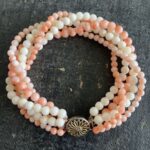
Coral was a popular medium used in the Victorian era. The variety of colors from deep reds to pale pinks and white along with the ability to be easily carved made it an ideal material for creating delicate jewelry. Carved into cameos or worn strung in its natural branch form, coral was thought to ward off evil and protect children from danger.
Featured: Victorian Angel Skin Coral beaded bracelet
D is for Disneyana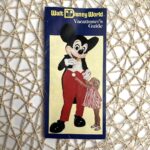
Disneyana is the blanket term for all things Disney. Collectible ephemera from the parks, animation cells, plastic figures, books, clothing, toys and games…you name it, there’s a Disney fan that collects it.
Featured: 1978 Walt Disney World Vacationer’s Guide
E is Ekco
Chicago’s own Ekco Housewares Company has produced essentials that have been a fixture in every kitchen since the company’s founding by Edward Katzinger in 1886. Ekco didn’t make flashy electric gadgets. They focused on the basics. The best manual can opener. Good quality kitchen utensils. Bakeware that bakes evenly. That’s why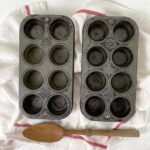 there is still a strong market among cooks and collectors for Ekco vintage kitchenware. The company itself has an interesting history, MadeInChicago.com chronicles it nicely.
there is still a strong market among cooks and collectors for Ekco vintage kitchenware. The company itself has an interesting history, MadeInChicago.com chronicles it nicely.
Featured: Ekco Chicago 80 muffin tins
F is for Fitz and Floyd 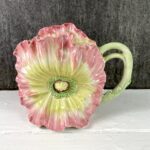
Pat Fitzpatrick and Robert Floyd may have started their eponymous company as import company in 1960, but it wasn’t long before the originally Dallas-based business started marketing their own designs for high end giftware. Before the decade was over, they’d expanded into tableware as well. Although the company has been through a few changes of ownership, the original designs still catch the eye. Their distinctive vintage designs and mix and match style tableware are popular with collectors.
Featured: Fitz and Floyd Stradbourg Garden teapot, c 1990s
G is for Goofus Glass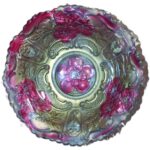
The category of pressed glass decorated with bright unfired paint in the early 1900s. Because it was mass-produced by American glass companies and relatively inexpensive, it was often given as prizes at carnivals or as a gift with purchase at the local gas station or furniture store.
Featured: Antique Goofus Glass bowl in the “wild rose” pattern
H is for Hammered Aluminum
The American hammered aluminum as decor movement started with the Wendel August forge. The company won a contract to prepare gates for one of Alcoa’s research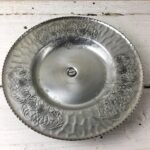 facilities. The architect of the facility loved the gates and asked August to make aluminum trays to give as gifts. A department store buyer got a look at the trays and an industry was born. Look for names like Everlast, August Forge, Rodney Kent,
facilities. The architect of the facility loved the gates and asked August to make aluminum trays to give as gifts. A department store buyer got a look at the trays and an industry was born. Look for names like Everlast, August Forge, Rodney Kent,
Featured: Hammered Aluminum lazy susan serving bowl, 1950s
I is for Indiana Glass
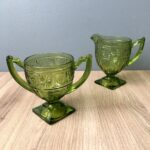 Indiana Glass Company was founded by George Brady and James Beaty in 1896. The company made kerosene lamp bases, lamp chimneys and tableware. For more than a century, the glass company based in a small Indiana town manufactured everything from iridescent carnival glass to Depression-style tumblers, goblets, and plates. At the time the factory was shuttered in 2002, it was the longest continuously operating glass plant of its type in the state.
Indiana Glass Company was founded by George Brady and James Beaty in 1896. The company made kerosene lamp bases, lamp chimneys and tableware. For more than a century, the glass company based in a small Indiana town manufactured everything from iridescent carnival glass to Depression-style tumblers, goblets, and plates. At the time the factory was shuttered in 2002, it was the longest continuously operating glass plant of its type in the state.
Featured: Indiana Glass Daisy Avocado Green Cream and Sugar Set
J is for Josef Originals
Muriel Joseph originally created lucite jewelry in the early 1940s. When the war prevented her access to lucite, she gave up her “Muriel of California” jewelry line and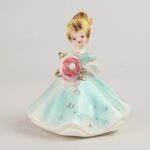 began modeling animals and children as her other creative diversion. Her new husband Tom George encouraged her to create molds from her models and a new company was born. When they discovered that their designs were being copied in a poor way, they went to Japan to work with a very high calibre ceramic factory to make their designs according to their specifications and Josef (mix up on her last name on the labels but she decided to use them) of California became Josef Originals with a Japan label. Hint: Holt Howard also took advantage of a high quality ceramic company in Japan to create their designs in the numbers needed to grow a thriving business. There are many folks who collect lines of her designs which range from folky to elaborate females to animals from the 1950s to the 1970s.
began modeling animals and children as her other creative diversion. Her new husband Tom George encouraged her to create molds from her models and a new company was born. When they discovered that their designs were being copied in a poor way, they went to Japan to work with a very high calibre ceramic factory to make their designs according to their specifications and Josef (mix up on her last name on the labels but she decided to use them) of California became Josef Originals with a Japan label. Hint: Holt Howard also took advantage of a high quality ceramic company in Japan to create their designs in the numbers needed to grow a thriving business. There are many folks who collect lines of her designs which range from folky to elaborate females to animals from the 1950s to the 1970s.
Featured: Josef June Birthstone Figurine
K is for Kraft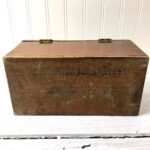
The rise of Kraft Foods in has enough mergers and acquisitions to be the basis of an early 20th century soap opera (if you stir in a little fictional melodrama). At the very start, in 1903, there was J. L. Kraft, a cheese-selling middleman traveling from store to store with a wagon drawn by his horse Paddy. Before long, his brothers joined in, and by 1915, they owned their own factory and were producing processed cheese in tins and loaves.
Interestingly, the Kraft boys did NOT invent Velveeta. Credit here goes to Emil Frey of Monroe, NY, who conjured it up in 1918. The Velveeta Cheese Company was sold the Kraft in 1923, and the rest is “pasteurized prepared cheese product” history.
The entire history of Kraft foods involves C.W. Post and Oscar Meyer. It’s worth a read.
Featured: Wooden Box Made From Kraft Cheese Boxes c 1929
L is for Lady Head Vases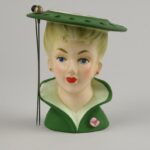
Lady Head Vases were the choice of florists at one time to create a smaller scaled bouquet “hat” which would resemble the silk flower counterpart that women were wearing to church and other occasions. A great many of them were made in Japan and the women with the thick black ceramic eyelashes were a hit. The hairstyles and hair color would change and even faux pearl earrings and necklaces added to the drama. Very small lady head vases were also made as toothpick holders!
Featured: Relpo K Lady Head Vase with Hat Pinholes, c 1950s
M is for Millefiori 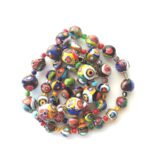
Named for two Italian words meaning a thousand flowers, millefiori beads originated in Egypt but were popularized in Italy are now made the world over. Created from hand-blown glass the colors and patterns began as geometric mixes of colored glass. They were used as trade beads between European countries and African countries in the 19th century. Millefiori has been found back to be produced all the way back to the 1st century B.C. As Americans began to travel, beaded millefiori necklaces became popular tourist souvenirs.
Featured: Venetian Glass Millefiori Bead Necklace

